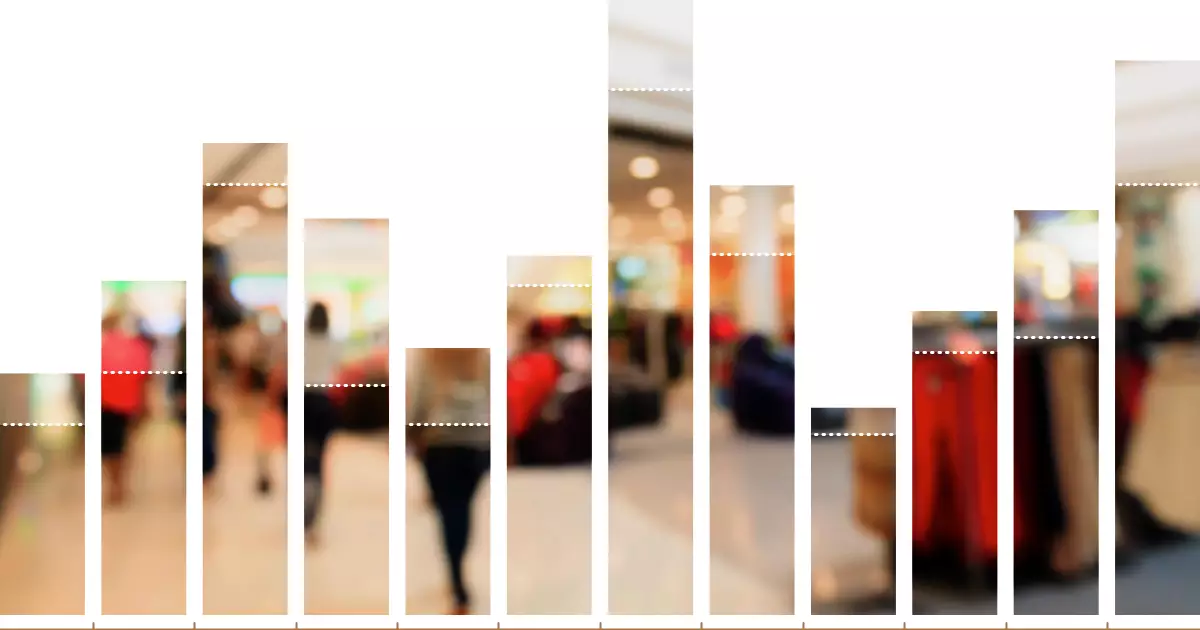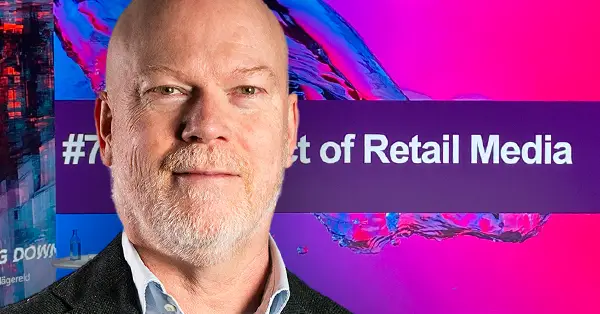Too often, the answer is limited to merely looking at sales. If a product’s sales increase during a campaign, retail media is judged to have been effective. This is an important starting point, but it doesn’t tell the full truth. The value of retail media is much broader: it can increase visibility, strengthen brand perception, and influence customers over the longer term. Effective measurement requires that we consider all these perspectives.
Sales & Conversions – the most visible outcomes
Sales are naturally the first and clearest metric. Retail media is often meant to drive immediate purchase behavior, so tracking product sales during the campaign is critical. Indicators such as units sold of the campaign product, average order value, or how much incremental sales arose show directly whether the message worked.
A more precise picture emerges if sales are compared between stores that participated in the campaign and those that did not. That gives control over isolating what exactly the retail media’s effect was. Borrowing a term from digital online advertising, this is about measuring "conversions" in the physical environment.
Awareness & Customer Contacts
But the value of retail media is not limited to what you see at the checkout. It is important to understand how many customers even noticed the message. Metrics might include how many people were exposed to digital displays, the viewing time, or even heat maps showing how many stopped in front of the message.
Here there is a direct link to digital advertising practice. Online, we track viewability — whether ads are actually seen by users. Similarly, in-store we can talk about physical visibility: how many customers walked past, how many stopped. This tells a lot about whether the content is compelling enough.
Brand Recall & Perception
Not all effects show up immediately in sales figures. It is equally important to look at what kind of lasting impression the campaign leaves. Brand awareness, brand image, and strengthening customer relationships are often built over time, and retail media can play a significant part here.
Surveys, customer feedback, and brand lift studies help measure how many remember seeing the message, what impressions it created, and whether it increased interest in the brand. Even if these results don’t show up immediately at the till, they can increase market share and improve the effectiveness of later campaigns.
Role in the Customer Journey
Retail media is one touchpoint on the customer’s journey, and its impact should be seen in context. At what stage does the customer encounter the message? Do they come into the store already knowing what they intend to buy, or is the decision made while browsing the shelves?
When retail media metrics are combined with data from other channels, one can better understand what role retail media plays in the purchase path. This is similar to attribution models in digital marketing: few customers decide based on a single message, but different contact points work together. In physical environments this way of thinking is still becoming more common, but it is growing in importance.
Continuous Monitoring & Learning
As in digital online advertising, measurement in retail media should not be a one off exercise. One campaign can give direction, but true value comes when data is collected continuously and learnings are used in subsequent executions.
Comparisons between campaigns, trend tracking and repeatable reporting models help build long term development. When measurement becomes routine, content and placement can be adjusted continuously to become more effective, just like A/B testing on the web.
Sales, Attention & Memory
The effectiveness of retail media is not confined to a single metric. Sales are important and concrete, but they need to be accompanied by metrics that measure awareness, brand recall, and the effect on the customer journey. That way you get a holistic picture that confirms the value of retail media and makes its development genuinely data driven.
When measurement is expanded into a multifaceted and ongoing process, retail media becomes more than just a visibility channel. It becomes a strategic tool that strengthens the brand, supports customer experience, and increases sales. Now and in the future.
Do you want to know how your company in particular could measure and document the results of retail media? Contact us – we’ll help build you a functional and versatile measurement model for your retail media.







